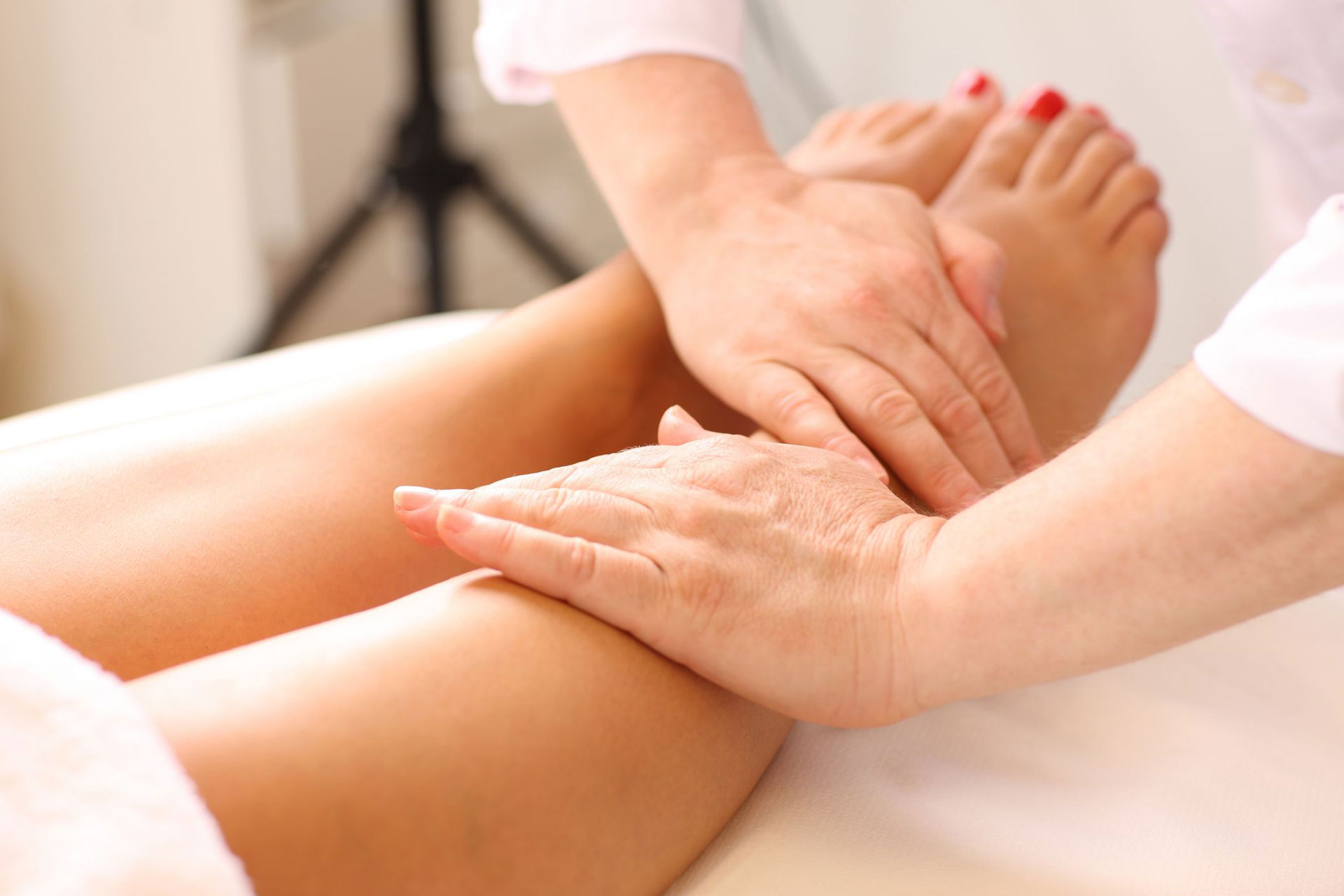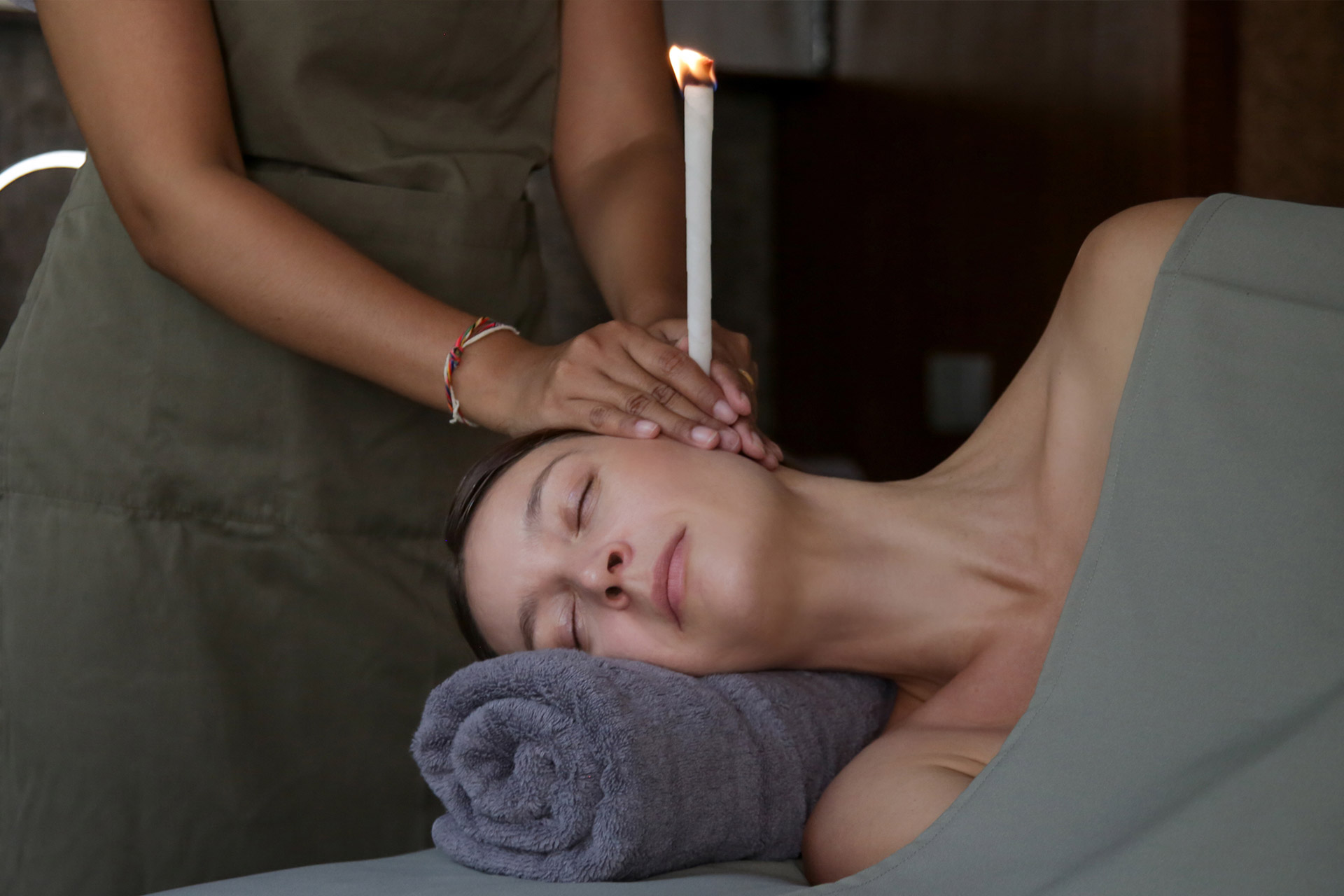Reiki
Reiki is a Japanese word that means universal life force energy. It was discovered by Mikao Usui in Japan in 1922. It is based on the belief that vital energy flows through our body. The Reiki Practitioner uses gentle touch to help guide this energy in a way that promotes balance, relaxation, reduces stress, anxiety and promotes healing. It is administered by the practitioner by gently placing their hands on or near the client’s body. Clients are fully dressed, or it can be included during a massage.
The National Center for Complementary and Alternative Medicine (NCCAM) categorizes Reiki is a subtle and effective form of energy healing. Reiki is not affiliated with any religion or religious practice.
Reiki is increasingly offered in hospitals, palliative care, hospice, and private settings, it is applied for a variety of illness and conditions. It does not take the place of medical care but is complimentary to the medical treatments that an individual may be receiving. Clients that receive Reiki treatments report relief from symptoms from numerous physical and mental health issues.

Benefits of Reiki
– Deep relaxation
– Reduces anxiety and depression
– Fosters tissue and bone healing after injury or surgery
– Stimulates your body’s immune system
– Promotes natural self-healing relieves pain and tension
– Supports the well-being of people receiving traditional medical treatments such as chemo, radiation, surgery and mental health care.
Therapy for Lymphedema
The Lymphatic System is an important part of our immune system. It is a network of organs, vessels, and nodes that move a fluid called Lymph into our bloodstream. The Lymphatic System has many functions. It protects the body from illness-causing invaders and toxins, maintains body fluid levels, absorbs digestive tract fat, and removes cellular waste.
Manual Lymph Drainage is a specialized, very light massage technique that is used to reduce Lymphedema and swelling by rerouting lymph fluid toward lymph nodes clusters to be absorbed and eliminated from the body. For individuals that have had lymph nodes removed or damaged by trauma or surgery, the lymph fluid is rerouted to areas of the body where intact lymph nodes are able to process the excess fluid. Client education, breathing, and gentle exercises may be incorporated into this session.
Benefits of Manual Lymph Drainage
– Reduces Lymphedema and Swelling
– Stimulates the immune system, increasing the body’s own defense mechanisms which helps to protect your body against bacteria and viruses.
– Stimulates the parasympathetic Nervous system generating a relaxing effect
– Regulates body’s water balance
– May lower blood pressure
– Reduces pain and inflammation pre and post sport activity
– Post surgical helps to eliminate pain and swelling
– Reduces bruising after liposuction and body contouring
– Reduces fibrosis
– Speeds recovery

Care Following Manual Lymph Drainage
Compression Bandaging may be applied and instructed to the client or caregiver to perform at home to further reduce Lymphedema. The bandaging helps to eliminate and prevent fluid from flowing back into a limb. It also softens the tissue under the skin. Ideally, Compression bandaging is used to reduce a limb to the smallest size possible to be fit for a Compression Garment.
Compression Garment Fitting and Sales. Compression Garments are worn to keep lymph moving in the right direction and maintain the results of Lymphedema reduction. Frequently compression garments may be worn instead of using bandages if appropriate.

Ear Candling
Ear candling removes ear wax build up. This service may be beneficial for individuals with excessive wax, sinus congestion, seasonal allergies or the common cold.

